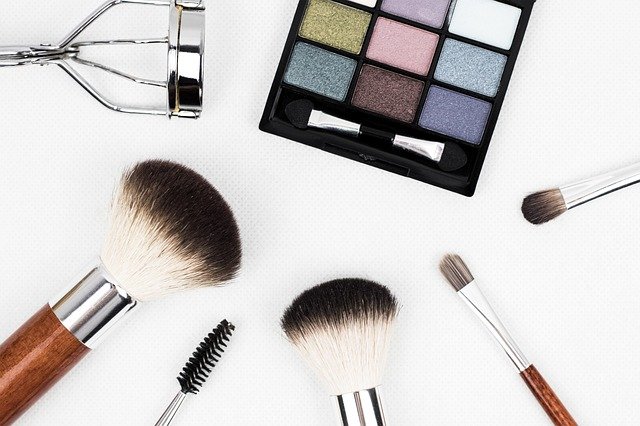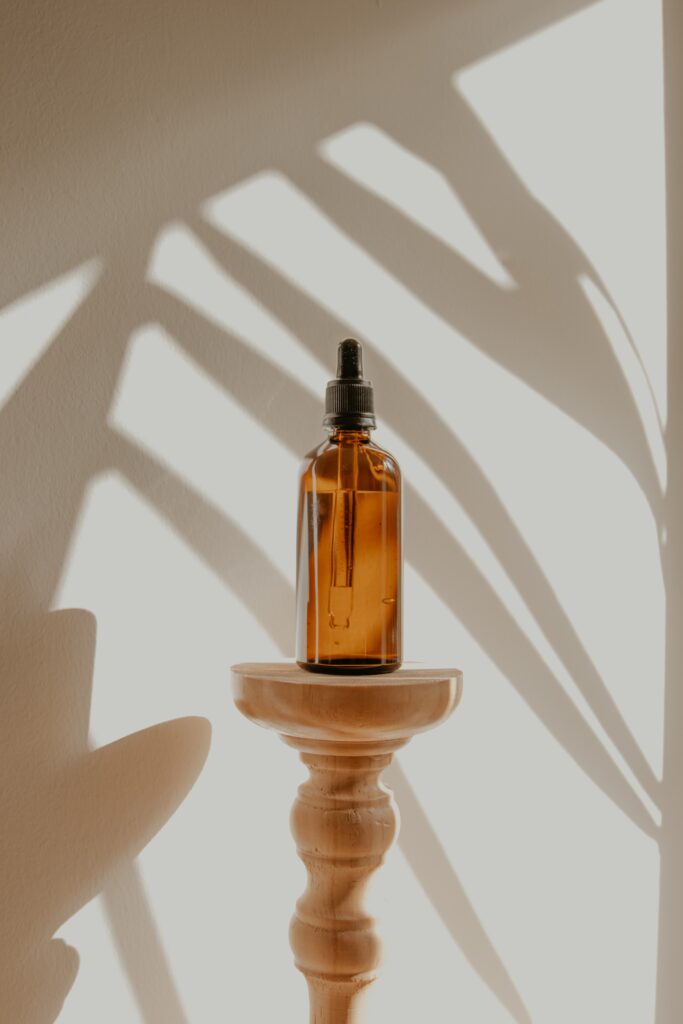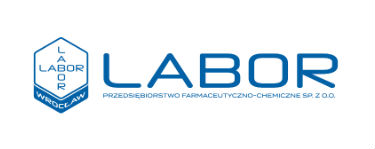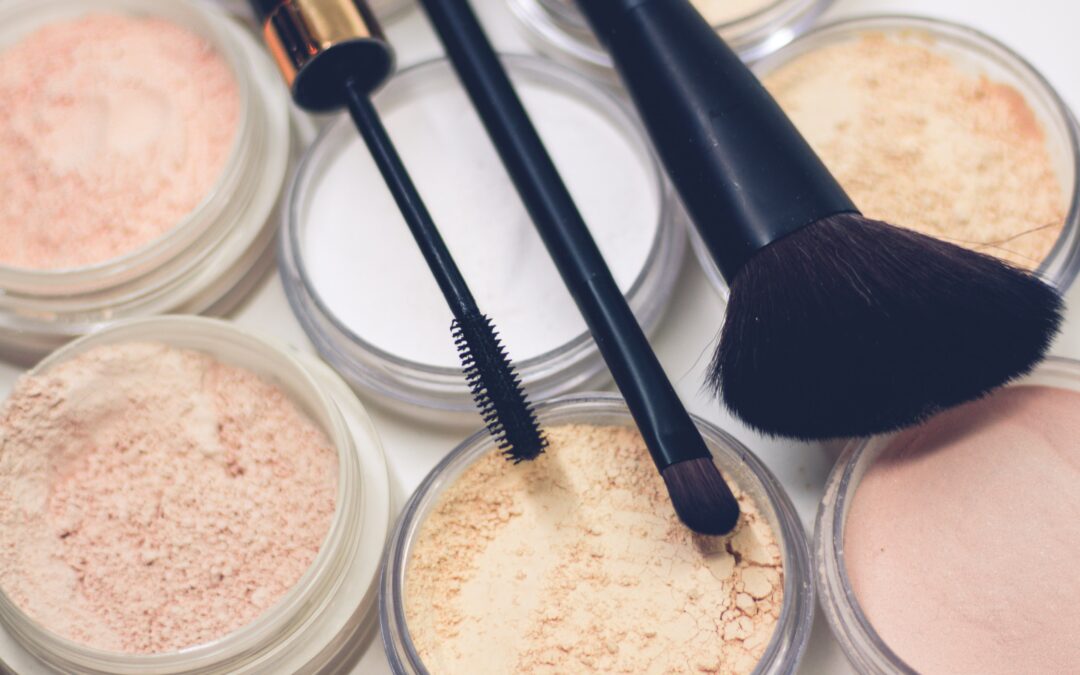Probably no ingredients arouse as much emotion as preservatives, both when it comes to food and cosmetics. We are still seeing more reports on the harmfulness of preservatives, be it in the context of allergies or carcinogenicity. Did they really deserve such a negative opinion? Yes and no. So let’s take a closer look at this topic.
What role do preservatives play in cosmetics?
We should start by explaining that properly selected preservatives are properly necessary in cosmetics, especially in those that contain water and organic compounds. These ingredients have specific tasks to perform. First, they extend the shelf life of products by inhibiting the growth of bacteria, fungi and mould. In this way, they also prevent the appearance of metabolic products of these microorganisms, which can cause irritation.
The bathrooms, where we usually store cosmetics, are warm and humid, which is ideal for the growth of bacteria, mould and fungi. If it weren’t for preservatives, we’d have to refrigerate the products. In the same way, they would have to be stored at every stage of production, packaging, transport and commercial circulation. This would generate huge costs. In addition, we would have to use most of the cosmetics within a few days to a maximum of several weeks from the date of production. This scenario does not sound very encouraging, it is difficult to imagine this way of functioning of the cosmetics market.
What features should a good preservative have?
First of all, a good preservative must not be toxic to the human body at an acceptable concentration. Ideally, it should not be absorbed through the mucosa or skin, and should also be well tolerated without causing allergies or irritation. It is expected that such a preservative will be water-soluble, act on the broadest possible spectrum of microorganisms, and will be chemically stable at various temperatures and pH, and will be effective at low concentrations, as it is an auxiliary ingredient and we strive to of the cosmetic, there was as little of it as possible, also in order to minimize the risk of side effects. An additional advantage is the lack of taste, smell or colour.

It is worth noting that some ingredients, which are by definition not preservatives, have properties that extend the shelf life of the product. We can include among them, among others vitamin E or even essential oils. In addition, the packaging also plays a significant role in terms of shelf life. A product in a jar, into which microorganisms can easily penetrate from the air, our fingers or spatulas, will spoil faster than the one in a tube or a pump bottle with little contact with the external environment. But these are topics for another occasion.
Is the use of preservatives in cosmetics legally regulated?
Yes. In the European Union, preservatives (like other substances) allowed for use in cosmetics, their concentration and scope of application are regulated by law. The main document containing detailed guidelines that manufacturers must rely on is Regulation (EC) No 1223/2009 of the European Parliament and of the Council, and more precisely Annex V, as amended. Our local 2018 Cosmetic Products Act makes reference to this regulation.
The guidelines of the European Scientific Committee on Consumer Safety (SCCS) are also important, according to which each cosmetic product placed on the European market is assessed in terms of safety. These documents are constantly updated as new technologies develop and new research results become available. In practice, this means that manufacturers must strictly adhere to strict restrictions. They cannot use preservatives in their products in any way. Moreover, the permissible concentrations of preservatives are usually very low (ranging from 0.01% to 2%) and, in case of doubt, even lowered as part of subsequent amendments.
Can preservatives harm us?
Although preservatives play an important role in cosmetics and their use brings many tangible benefits, they also have significant disadvantages. The most important issues have already been mentioned – mainly preservatives belong to the group of ingredients with high allergenic potential. They can also cause irritation in people who are hypersensitive to a given substance. Sometimes the results of scientific research suggest that a given preservative can penetrate into the bloodstream and have a detrimental effect on our body, e.g. by endocrine or carcinogenicity. Such reports require careful checking and response in the form of appropriate regulatory updates.
What are the most popular preservatives that can be found in cosmetics?

The best known and most frequently demonized preservatives are parabens: methylparaben, ethylparaben, propylparaben, butylparaben. Meanwhile, they are one of the best-studied preservatives, commonly used in externally applied dermatological drugs. They are generally considered safe, although there are studies that indicate, for example, a slight estrogenic activity of butylparaben, and besides, they can sensitize and irritate, especially the affected skin. In the early 2000s, there was a lot of controversy over parabens related to research that found these preservatives in breast cancer. Therefore, the opinion about the carcinogenicity of parabens and the harmfulness of antiperspirants and deodorants began to circulate.
However, this research has been widely criticized due to significant methodological errors. Further research in this direction did not show a relationship between the use of antiperspirants and deodorants with an increased risk of breast cancer, even taking into account the low estrogenic activity of parabens – much too low to affect our body in any way, and thus the development of cancer. This topic is still under investigation, however there is currently no evidence that parabens are harmful in this regard. Black PR has led to the fact that manufacturers have started replacing well-tested parabens with other substances whose effects are not so well documented, which is also associated with some risks.
The second group of commonly used preservatives are formaldehyde releasers, which can also cause allergies and irritation. Their maximum allowable concentrations are very low, and in accordance with the recommendations of the European Union advisory bodies discussed above, some of them are abandoned at all, especially in leave-on products. In the composition according to INCI we find them under the names: Imidazolidinyl Urea, DMDM Hydantoin, Diazolidynyl Urea, Quaternium 15.
Other preservatives known to be allergens and irritant substances are methylisothiazolinone (Methylisothiazolinone) and a mixture of methylisothiazolinone and methylchloroisothiazolinone (Methylchloroisothiazolinone). Despite the broad spectrum of activity, they are currently used less and less and mainly in rinse-off products, e.g. for hair. The use of a phenol derivative known as Triclosan is also restricted to a particular group of products. The aforementioned European Scientific Committee on Consumer Safety, one of the advisory bodies of the European Commission, concluded that, in the absence of a restriction, the total exposure to this ingredient could be too high and pose a potential health risk. So far, however, the carcinogenic, endocrine or genotoxic effects of triclosan have not been confirmed, but research in this matter is still ongoing. Doubts are also raised by the disodium salt of edetic acid, i.e. Disodium EDTA, which by binding with metal ions supports the stability of the cosmetic and supports the effect of preservatives. It is also used in food and, according to the current state of knowledge, it is a safe substance, but it should be remembered when developing cosmetic formulas that EDTA and its salts can increase the penetration of other ingredients through the skin.
Are there any preservatives that do not raise any doubts?
The answer is simple – no. There is no perfect preservative, each has its own advantages and disadvantages. We have a whole group of preservatives, the use of which is allowed even in natural or organic products, even certified. Nevertheless, they can also arouse controversy. This is the case with phenoxyethanol (Phenoxyethanol acc. to INCI), the maximum concentration of which in cosmetics has been set at 1% and it was found that in such an amount it should not cause allergies or skin irritations. However, there are mixed opinions, and it is often advised not to use products with this ingredient in pregnant and breastfeeding women and children, as it may enter the bloodstream and cause damage to the nervous system. If we do not eat, drink or apply high concentrations of phenoxyethanol to damaged skin, we will be safe. Phenoxyethanol is often accompanied in formulas by Ethylhexylglycerin, a substance supporting the action of other preservatives, which, by reducing the surface tension of the cell walls of microorganisms, allows preservatives to penetrate into the cell interior. Due to the different properties of individual preservatives, the minimum amounts of several substances in one product are most often used, which ensures a wide spectrum of activity. This is standard practice, especially as some substances act synergistically to enhance each other’s effects.
The safest preservatives, commonly used in natural cosmetics, also certified, are benzyl alcohol (Benzyl Alcohol), potassium sorbate (Potassium Sorbate), sodium benzoate (Sodium Benzoate) and dehydroacetic acid (Dehydroacetic Acid). Meanwhile, it should be emphasized that these substances can also cause allergies and irritation, especially in owners of sensitive skin. In addition, not all of them have a broad spectrum of activity and must be supplemented with other preservatives. A new alternative to traditional preservatives may be synthetic antimicrobial peptides (AMP). However, research on them is still ongoing and is currently not a popular solution.
To sum up, not only should we not be afraid of preservatives in cosmetics, but it is also worth realizing that they provide us with safety, protecting us against skin infections.
AUTHOR: Ewelina Nowobilska




